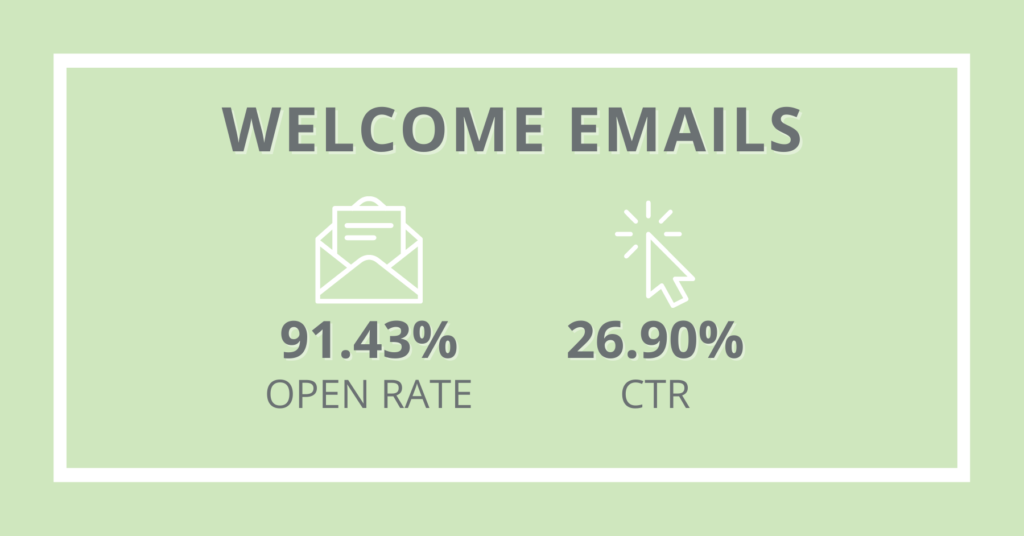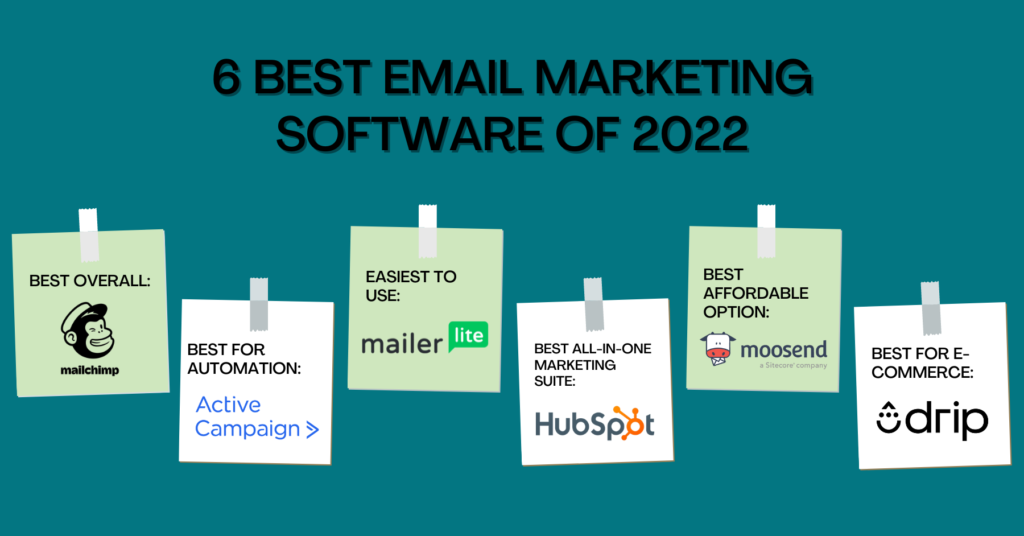Automated emails are messages sent out by a company in direct response to a specific action that someone takes. This action could be done on a company website, pop-up form, ad, or other customer-facing channels. Email automation can also be triggered by an action taken within a particular email such as opening it or clicking on a link within the email. All of this is set up through an email marketing automation platform like Hubspot, MailChimp, ConvertKit, etc.
Email automation allows marketers to communicate immediately with someone interested in learning more about the company. It also allows them to make emails more personalized to the customer’s experience so that what is sent is relevant to what they are looking for.
Following up with a new lead has never been more important. According to Mailchimp, 74% of people expect to receive a welcome email when they subscribe to a mailing list.

With email automation tools in place, companies can generate more leads, sales, and revenue while utilizing the content they are publishing. They also gain valuable insight into the wants and needs of their target audience to create even more opportunities for touchpoints.
Let’s take a look at some of the benefits of email automation.
Benefits of Automation
Email automation allows companies to:
• Educate and inform customers about their products or services: When someone fills out a form or downloads something off your website, they should be getting an email that follows up with the action.
• Deliver personalized content that subscribers are interested in: Customers love personalization, and when your company sends them information relevant to what they are interested in, they are more likely to view it.
• Nurture long-term relationships to stay top of mind: Once a lead is put into your workflow, make sure they don’t go too long without hearing from you– and be sure the content is relevant to maximize its impact.
• Build credibility as a business: This is another touch point where you can continue to market your building products or services to your audience.
• Make the most of your time: There will be less time spent compiling email lists, sending out generic messages, or scheduling events manually with automation set up, and more can get done for your business.
How to Set It Up
There are several email automation software options on the market today. When setting up email automation, you’ll want to choose a platform that will easily integrate with what your sales team is using. You should also consider the main features and benefits that are offered. Typically, if you are already using a CRM, an email marketing feature will be available to add on. Using that can streamline the process if you do not want to set up a whole new software. But we recommend choosing a platform that works best for your business and goals.
Once you select your email automation software, identify who you’ll be sending your email campaigns out to. This is where you would segment your existing audience and decide what stage each lead should be in. This will help with grouping your email recipients.

With your groups and goals in place, you are ready to set up the criteria to put them in a workflow. This can be based on if they viewed a certain page on your website, downloaded a product sheet, watched a how-to video, or a combination of these things.
Then you will want to create the email campaigns that will be sent out. You should know how many should be sent out, the general messaging, and which group you are sending it to. Be sure to personalize them with tokens, such as using their contact or company name. You can set up multiple workflows for various events that a customer may trigger.
Before hitting publish, be sure to read through these email marketing do’s and don’t for an effective delivery. Once you have tested the automation and fixed any errors, you can make the workflow live and monitor its progress. Record as much information as you can and after the appropriate amount of time, adjust the campaign accordingly if needed.
To help streamline your email marketing automation strategy, here are some tips to keep in mind:
- Do your research and find an email automation platform that works for you and your business goals.
- Don’t forget to segment your lists to send relevant information to your subscribers.
- Set up website tracking codes to monitor how subscribers move from your email to your website, landing page, or other links provided.
- Track responses and collect as much information as possible from the start to help target your emails.
End Result
The result of email automation is to increase efficiency and build customer relationships. This process helps optimize your email marketing strategy and allows you to personalize your email content to connect with your target audience and customers directly.
If you are interested in learning more about email automation and setting up workflows for your business, contact our team to help you get started.

